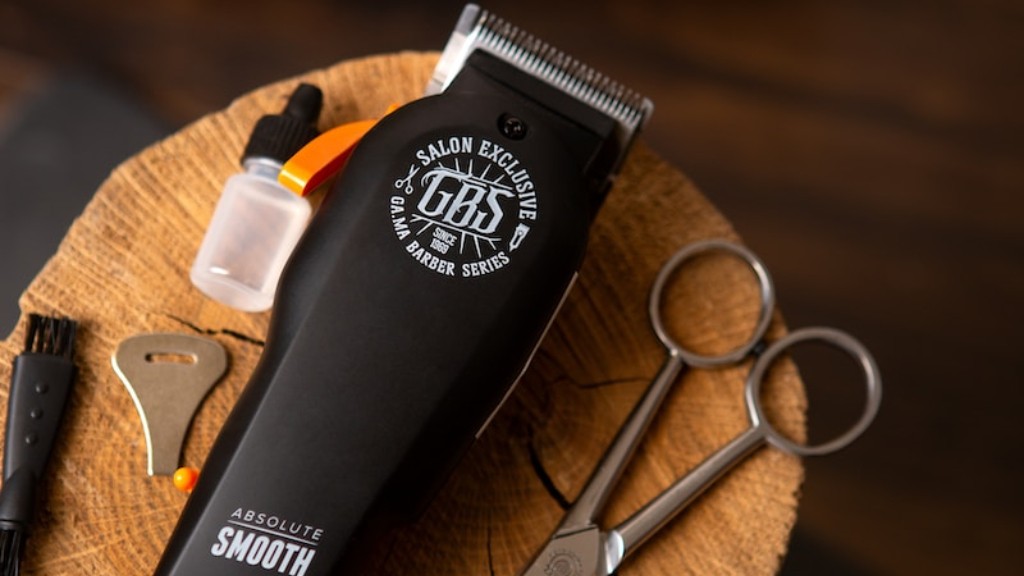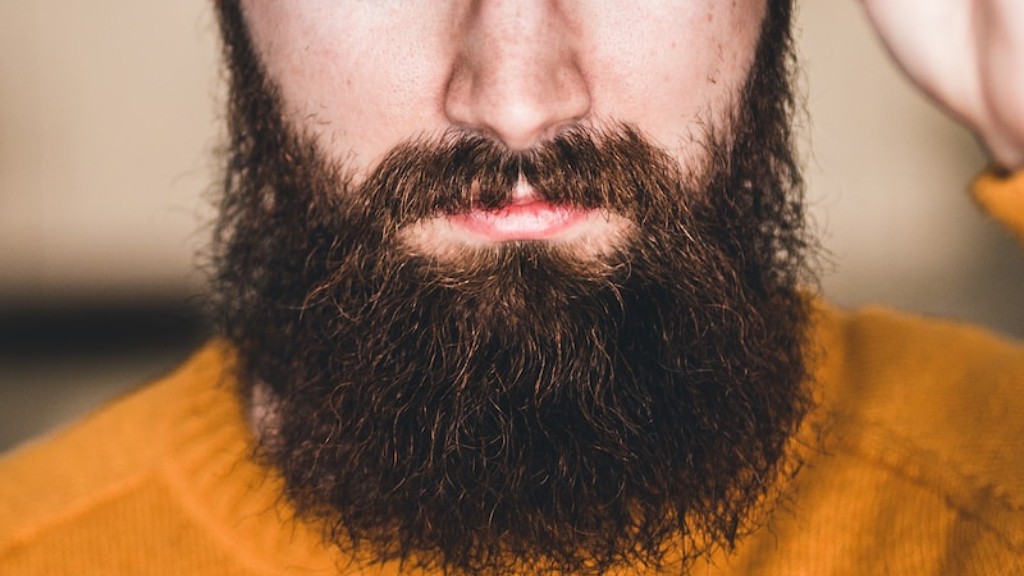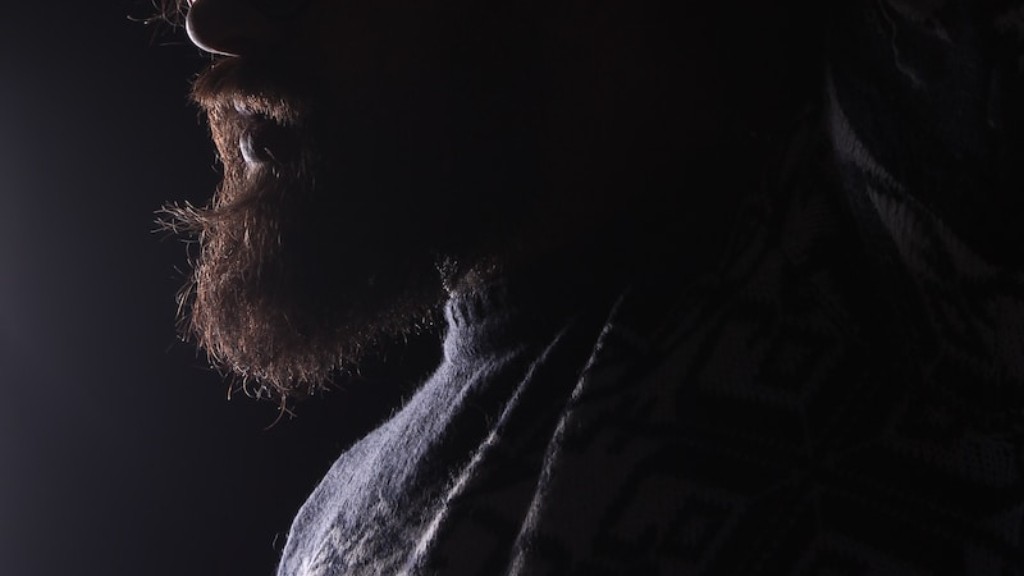The goat’s beard, also known as the tragopogon, is a tall, perennial plant that is native to Europe and Asia. The plant gets its name from the Greek words tragos, meaning goat, and pogon, meaning beard. The plant grows to a height of 2-3 feet and has a yellow flower that blooms in the summer. The goat’s beard is a member of the daisy family and is related to the sunflower. The plant is used medicinally as a diuretic, expectorant, and laxative. The seeds of the plant are used in folk medicine to treat respiratory problems.
The goat’s beard is a long, furry appendage that hangs down from the chin of a goat. It is used to attract mates and to help keep the goat warm in cold weather.
How do you take care of a goatsbeard?
Goatsbeard is a beautiful plant that grows best in moist, rich soil in partial shade. However, it will do fine in full sun if given consistent moisture. Be sure to amend the soil with generous amounts of organic matter before planting goatsbeard for the best results.
False goat’s beard is the same as astilbe. It is one of the common names used for all plants in the Astilbe family.
What does goats beard look like
Goat’s Beard is a beautiful and unique plant that makes a great addition to any garden. It is a slow spreader, so it won’t take over your garden, but it can eventually form a large patch. The flowers are beautiful and attract bees and other pollinators.
The perennial plant known as aruncus is actually poisonous. Even the seeds of this plant are poisonous. However, the wild, yellow-blooming weed version of this plant, known as salsify, is actually edible. The entire plant is edible, making it a popular choice for many people.
Does goats beard spread?
Organic matter helps to improve the structure of dry soil, making it more able to retain moisture. Goat’s beard is a perennial plant that slowly spreads from underground rhizomes, but it is not considered a prolific spreader.
Goatsbeard (Tragopogon porrifolius) is a long-lived, deep-rooted perennial that can be started from seed, but takes a long time to grow and become established. They are also easily transplanted and grow well in moist, rich soil and sites with partial shade. In the northern part of its range, goatsbeard also thrives in full sun.
What is goats beard good for?
Goat’s beard is a very versatile plant. It can be used as ground cover, forming a dense growth that is very effective at holding invasive plants at bay. The flowers also have a sweet scent and can be cut fresh. The poulticed root is often applied to bee stings.
We’re not complaining that deer and rabbits don’t like the taste of Astilbe leaves! That just means we get to enjoy the flowers of this versatile (sun or shade) perennial.
Will goats beard grow in shade
Goatsbeard plants are best suited for part shade and need protection from the hot afternoon sun. They can take full sun in the northern range of their hardiness, but require consistently moist soil and are prone to burning during any drought.
While both males and females can grow wattles, they are more common among some breeds than others. Wattles are generally more prominent in male birds, though they can be quite large in females as well. Breeds that typically have large wattles include the Americana, the Australorp, and the Orpington. However, wattles can vary greatly in size and shape across all breeds, so it is really up to the individual bird.
How do you get a goat beard?
A goatee can be a great way to change up your look, and it’s relatively easy to maintain once you get the hang of it. Here’s a quick guide on how to achieve the perfect goatee:
1. Comb and trim your beard to 10 mm. Tip: Trim using the 1-10 mm comb attachment, going down in 05 mm stages.
2. Remove the comb to define an outline.
3. Shape your goatee with the precision trimmer.
4. Clean shave your face to emphasise your goatee.
5. Moisturise and maintain your goatee beard.
A Billy goat beard is a man’s beard that is long under the chin and shaved elsewhere. This style of beard is most commonly seen in Britain, and it is named after the Billy goat, which is a goat with a long beard.
Is goats beard plant edible
Purple goat’s beard is a plant with many different uses. It can be used as an ornamental plant, for its edible roots, or for its medicinal properties. The plant is native to Europe, but has been introduced to many other parts of the world as a vegetable. The roots of the plant are said to taste like oysters, making it a popular ingredient in many dishes.
Ramaria flava is a yellow edible coral mushroom found widely in Europe. It is a popular ingredient in many dishes, and can be cooked in many different ways.
Do butterflies like goatsbeard?
Goat’s Beard is a beautiful plant that attracts butterflies and bees with its nectar. It’s also a great host plant for butterfly and moth larvae (caterpillars), including the Dusky Azure (Celastrina nigra). Goat’s Beard prefers moist soils and can even tolerate occasional flooding. So if you’re looking to attract some butterflies and bees to your garden, be sure to add a Goat’s Beard!
The only dangerous part of the plant is the seeds which are considered poisonous. Seeds of this plant can cause severe vomiting and diarrhea if consumed. If you suspect that someone has eaten the seeds of this plant, seek medical attention immediately.
Final Words
A goat’s beard is a long, shaggy, and often curved hair tuft that hangs down from the chin or lower jaw of a goat. The beard is generally considered a characteristic of male goats, though female goats may also have beards. Goats with particularly impressive beards are sometimes called “bearded goats.”
A goat’s beard is a type of coarse hair that grows on the chin and lower jaw of a goat. This hair is generally more prominent in males, and is used to attract mates. Goats use their beards to communicate, and will often groom each other’s beards as a sign of affection.





